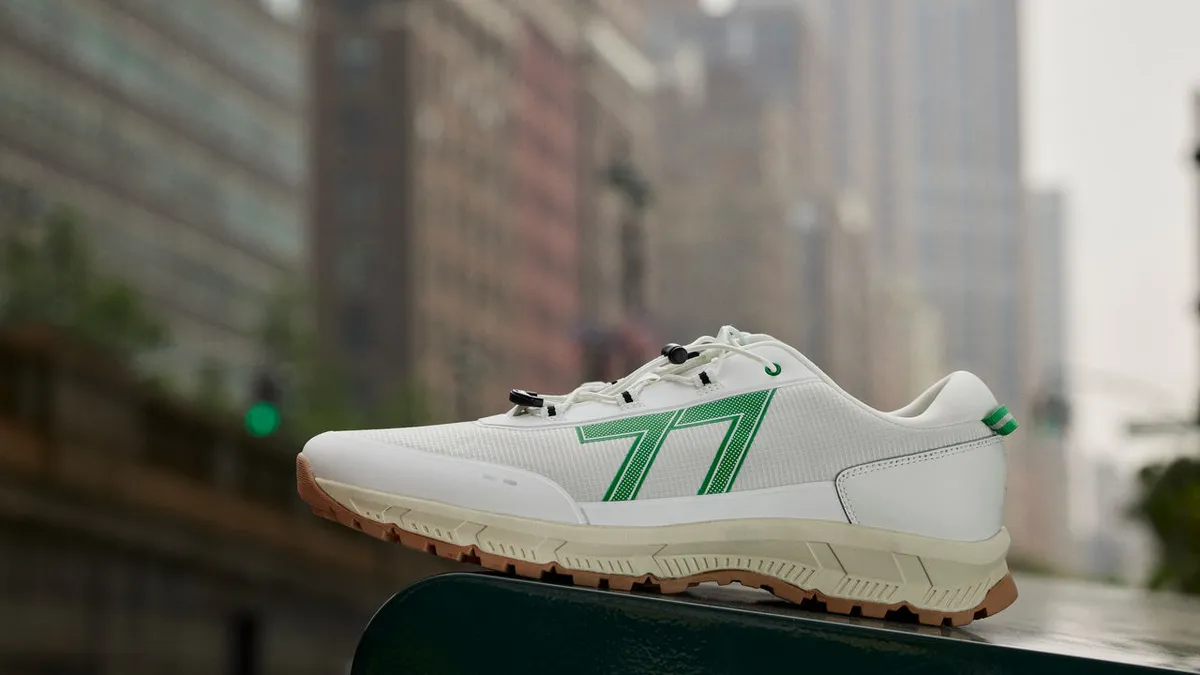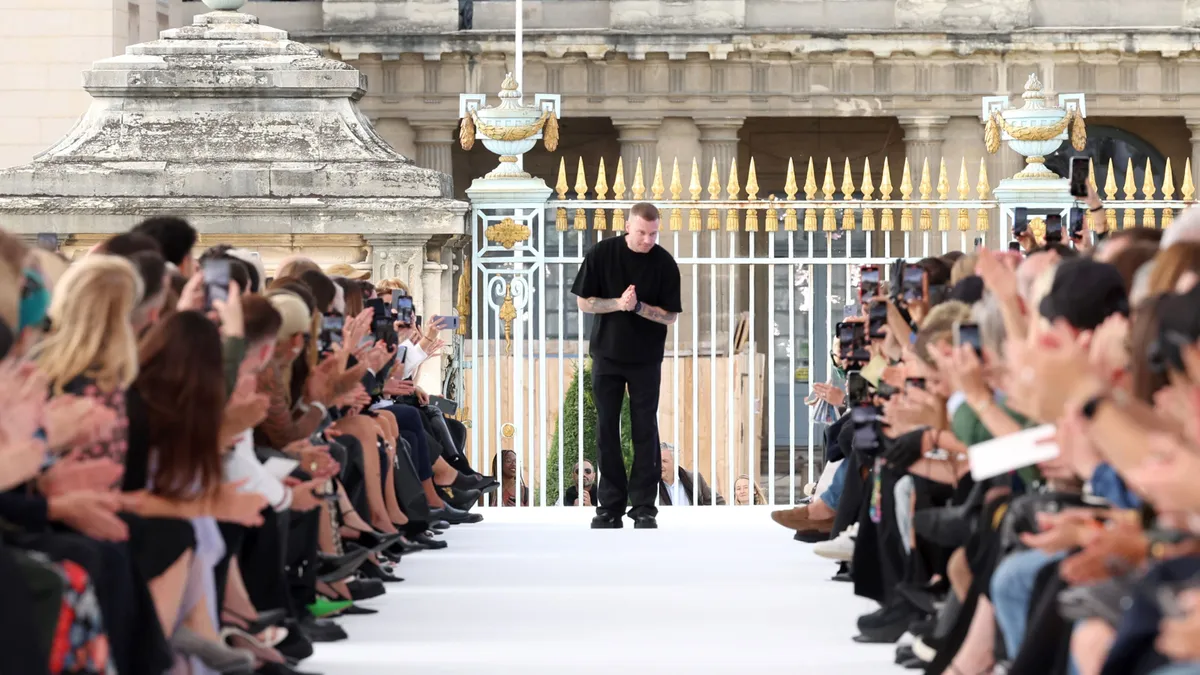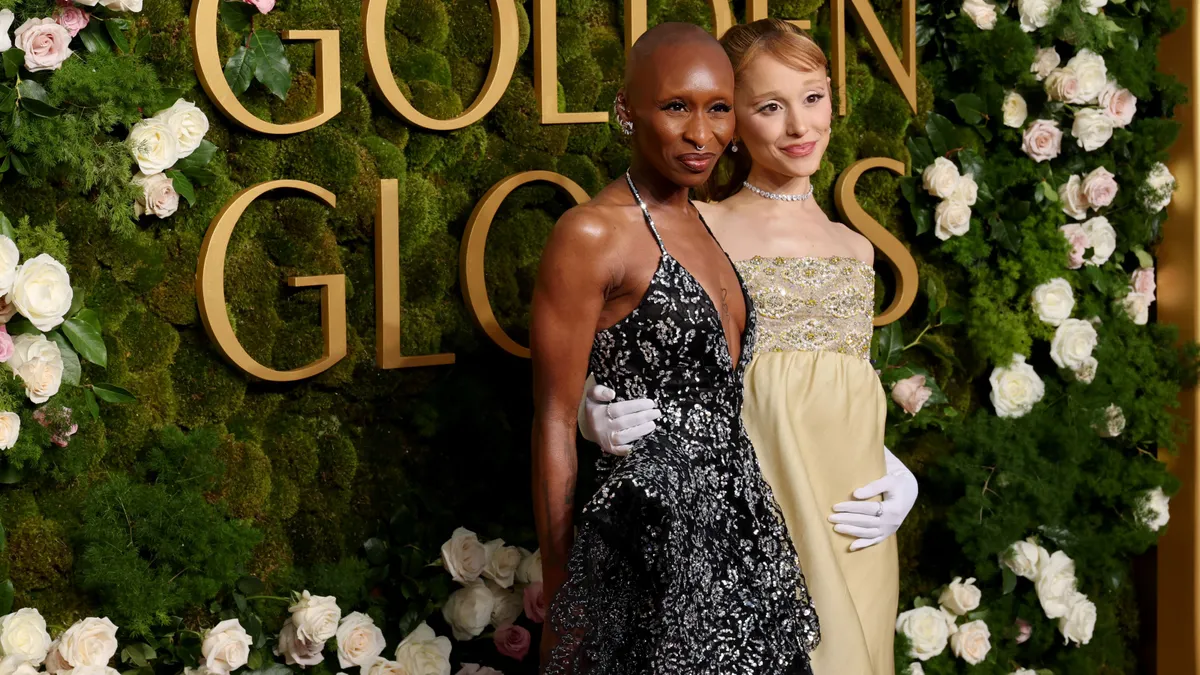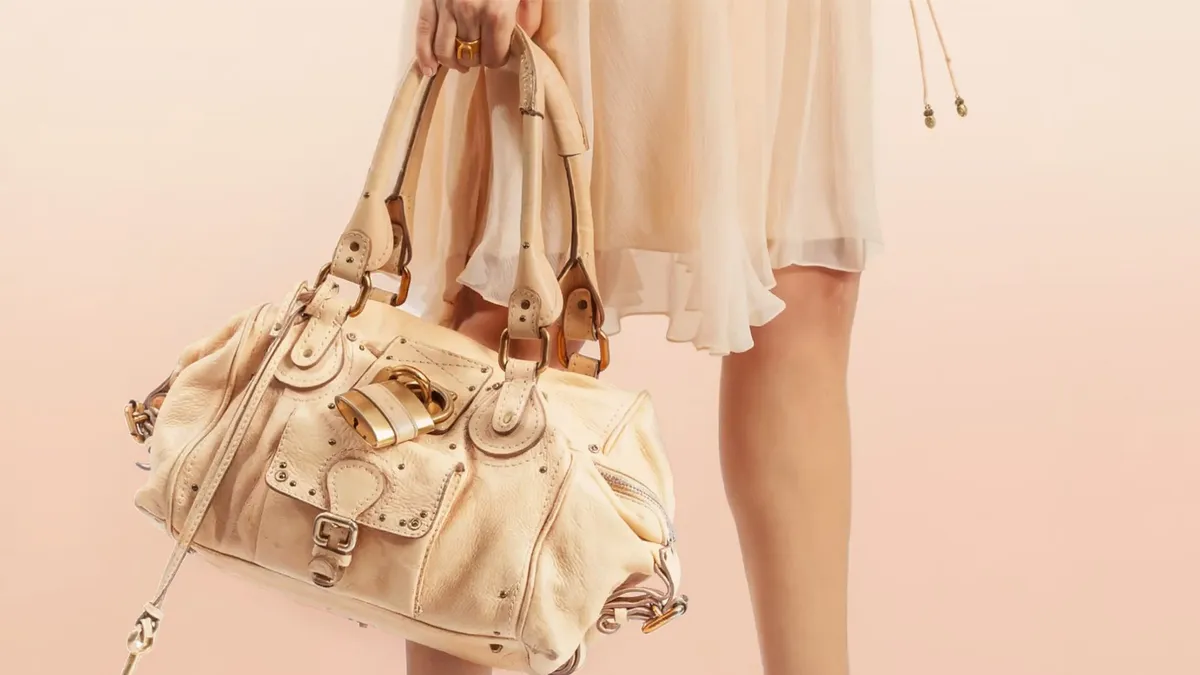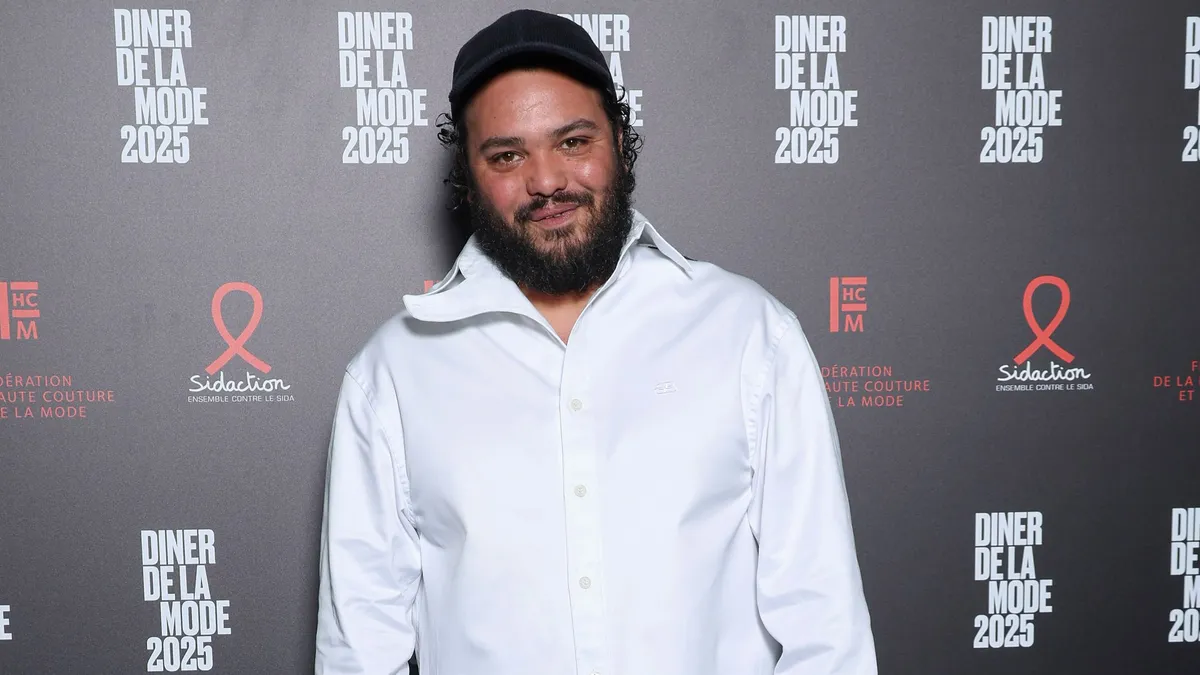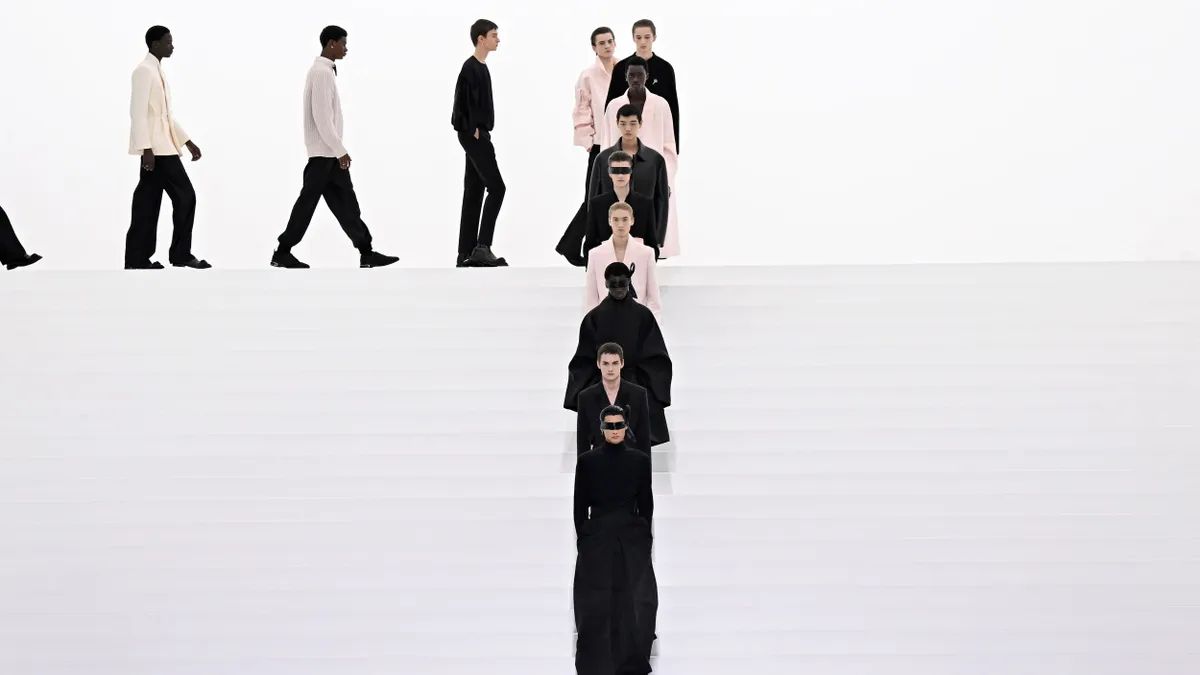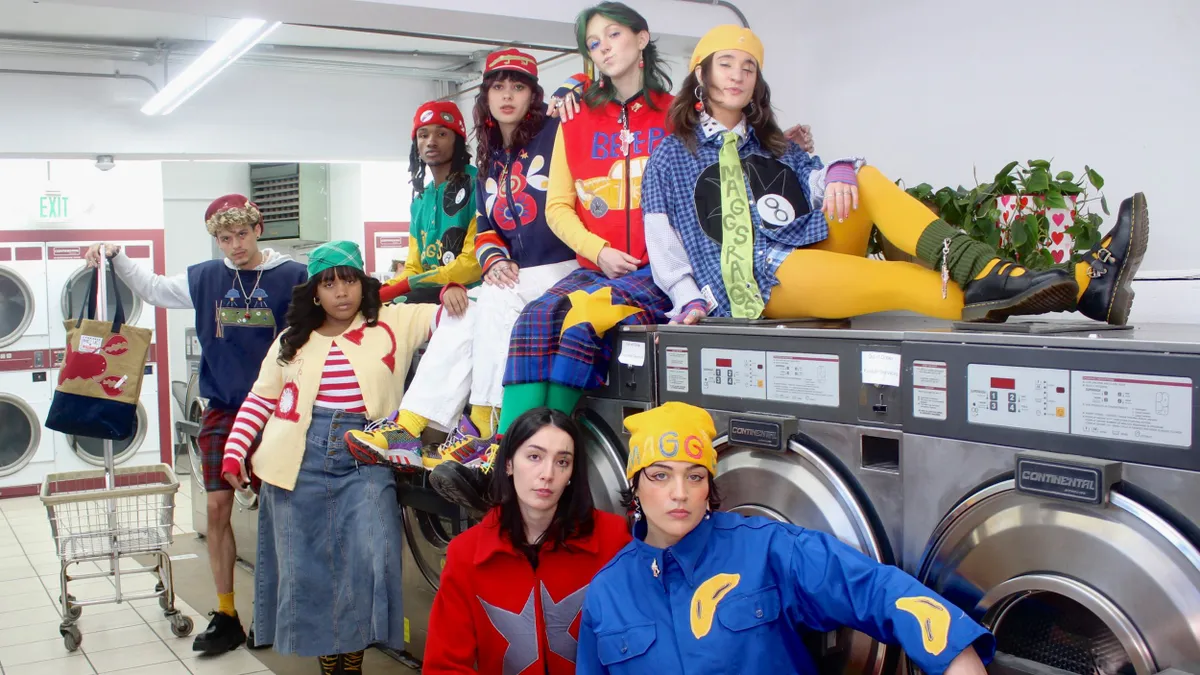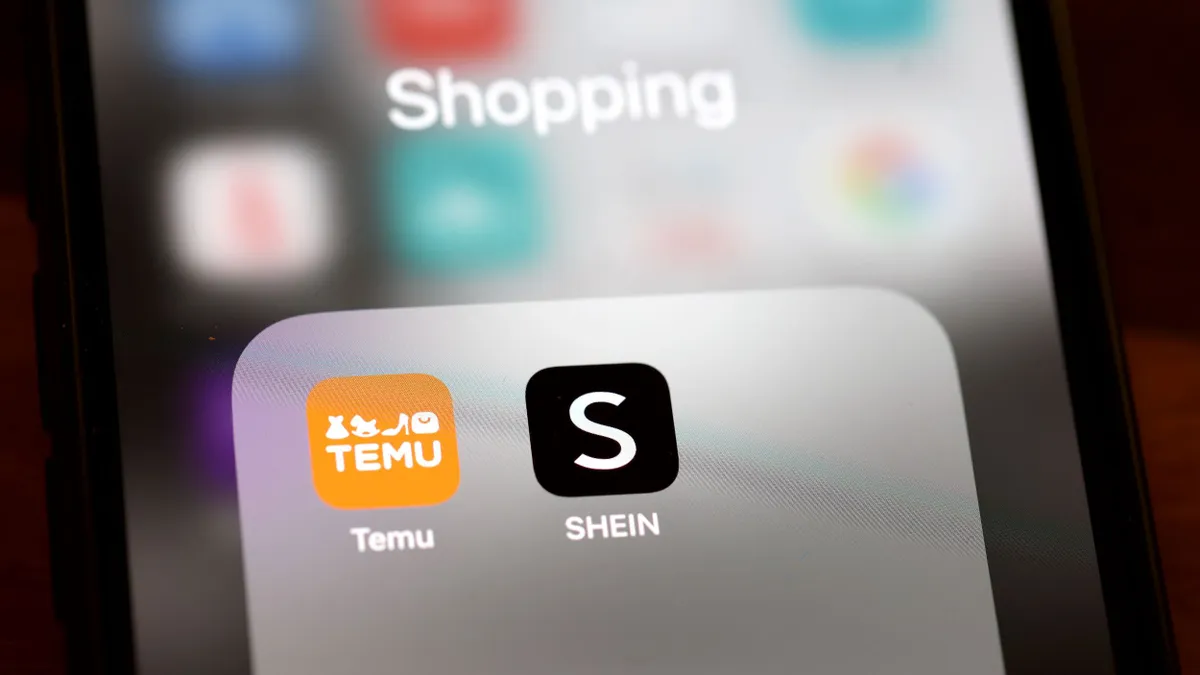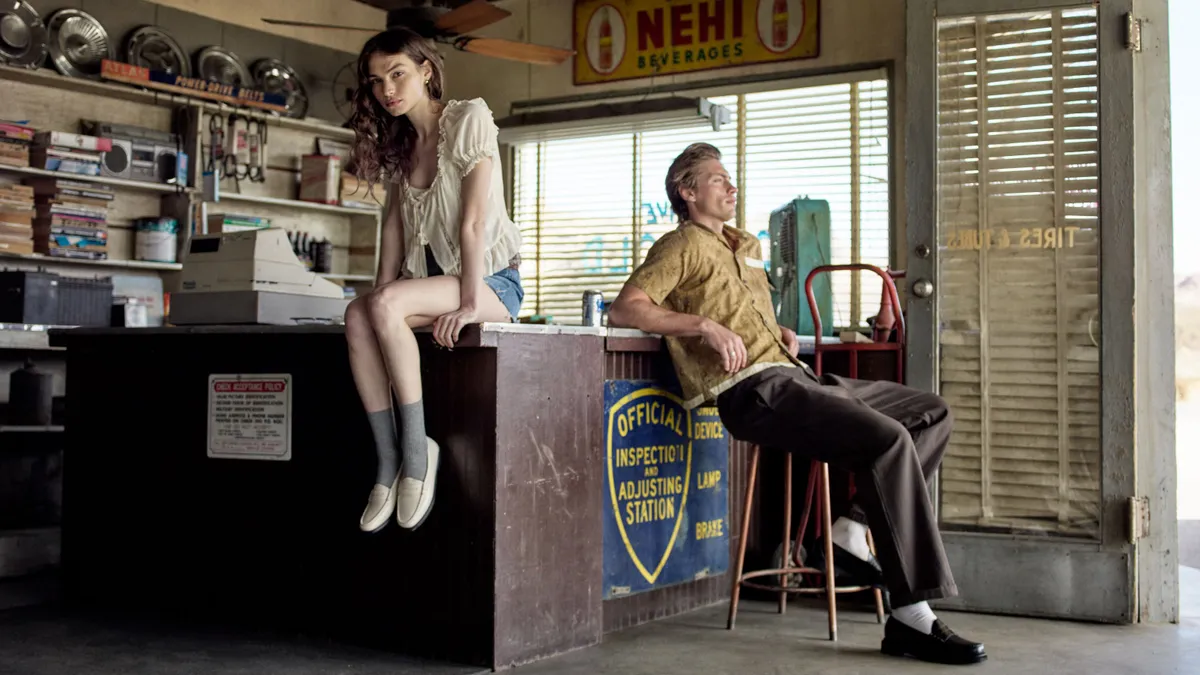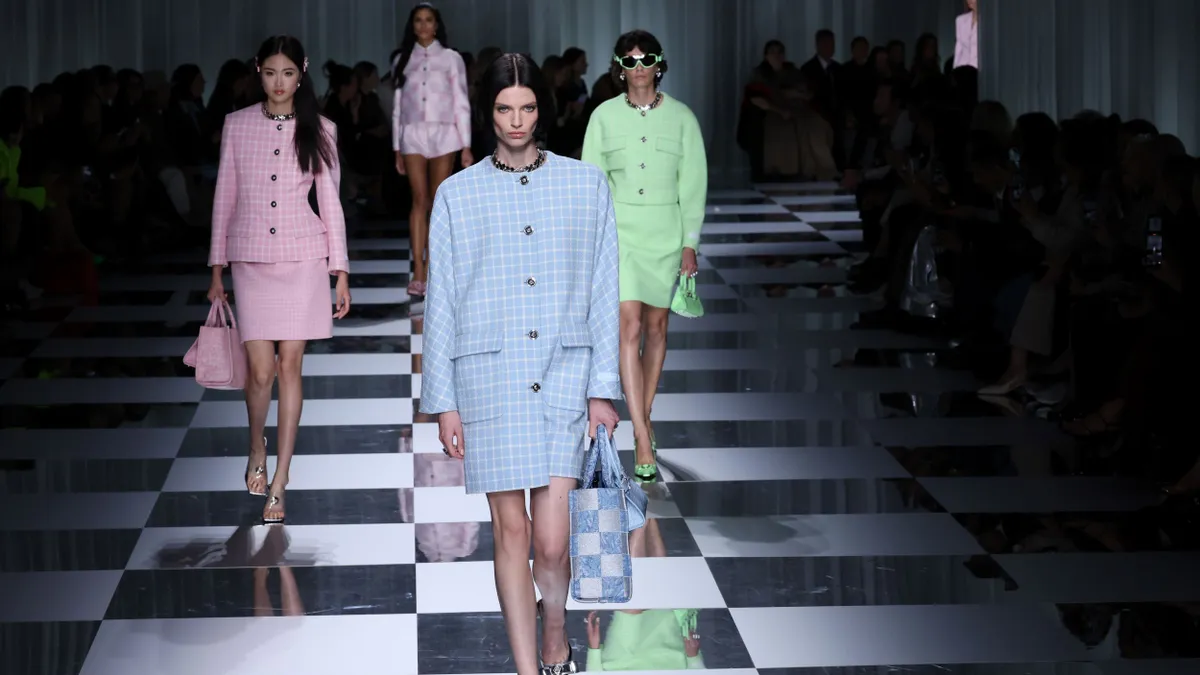Designer Brands released a six-piece collection of Le Tigre sneakers Monday, a first for the heritage streetwear brand, which was added to the Designer Brands portfolio last year. Bill Jordan, Designer Brands president, said the collection is part of a larger strategy to expand the company’s reach.
“More than half of the market is made up of athletic and athleisure type shoes,” Jordan said in an interview Friday. “Nike, Adidas, Puma. So we said, you know, we've got to get into that space.”
Jordan said the design inspiration for the new Le Tigre line centers around New York City during the summer of 1977, the year Le Tigre first launched.
“We did all this background work in storyboards,” said Jordan. “What happened during the summer of 1977?”
Jordan’s question feels rhetorical, because that was arguably one of the more infamous summers in the city’s history.
“There's heat,” said Jordan. “The Son of Sam. That was going on. We had the big blackout that happened during that summer. I mean, it was a really raucous summer in New York, and that's where the brand was born.”
Each of the six Le Tigre styles features a “77” emblem on the side, colorways with pops of orange and green, and model names that reflect different New York spaces. One model is called the Tompkins, named after the East Village landmark park known for its protests. Then there’s the Loughlin, named after Bishop Loughlin Memorial High School in Fort Greene, Brooklyn, a private Catholic school whose students somewhat inexplicably perform the theme song to the movie Rocky during every NYC marathon. There’s also the Baxter, presumably named after Baxter Street, which runs through the Manhattan neighborhoods of Little Italy and Chinatown; the Bowery, named after the Lower Manhattan street once famous for its flophouses; and the Midtown, available in high and low-top styles.

In addition to Le Tigre, the company acquired Keds earlier this year and Topo Athletic late last year. It also has a recently expanded long-term term license deal with Wolverine-owned Hush Puppies, placing the company solidly in the heritage market as well.
The Le Tigre line will play into vintage trends, which Jordan said also lean into the current consumer swing toward nostalgic fashion. The launch is also well-timed to other heritage fashion brands coming back onto the scene.
“The nice thing about having DSW as part of our company is that we see all the shoes from many different brands, and we sell shoes from many different brands,” he said. “So we know that we have confidence that these are the styles, and heritage is something that customers are looking for. We're lucky to have that insight from our customer base.”
Another edge is the Designer Brands retail infrastructure, which Jordan said includes DSW Designer Shoe Warehouse and The Shoe Company stores in North America, plus a loyalty program with nearly 30 million rewards members. Jordan said the combination allows his company “to tell our story quickly to a lot of our customers.”
Le Tigre will be sold primarily through Designer Brands-owned channels including DSW and The Shoe Company direct-to-consumer stores and e-commerce channels. In addition, the shoes will be available through select wholesale accounts and via letigreglobal.com.
That arrangement was solidified when Designer Brands entered into its investment and licensing agreement with Le Tigre 360 Global last year, which grants Designer Brands an exclusive license to design and produce Le Tigre footwear. Its partners, Infinity Lifestyle Brands and Hilco Brands, bought Le Tigre from Kenneth Cole Productions in November 2015.
Jordan said he’s excited for this next iteration of Le Tigre’s preppy streetwear aesthetic, which saw its heyday in the mid-1980s, and will be developing more designs under Designer Brands’ vision.
“I wish I could show you spring next year with the colorways,” said Jordan, who has been with Designer Brands since 2006 and became president in 2021. “And fall next year. This is going to blow everybody away.”
DSW will also be carrying some Le Tigre clothing and apparel, so customers can get a head-to-toe look. While it’s not yet clear how much of the expanded line will be available in-store, Jordan said the goal is to help the label succeed as much as possible.
Jordan has equally expansive ambitions when it comes to the future of Designer Brands overall,
“We have said very publicly that we plan to double the sales of our own brands by 2026, especially with the acquisitions that we've done, that is something that we expect we will achieve, as we've stated,” he said. “There are a lot of brands out there. We are looking, and we will always look, and if we can find something that we think is a great brand, if there is a niche within our own portfolio that we don't have something for, you know, you don't want to duplicate. Then, obviously, price would come into consideration as well. But, you know, we want to continue to build our portfolio. And if you give brands the right love and attention, you can do great things.”
As with most things in fashion, it’s all about taste and timing. “We're always looking,” said Jordan. “And we often get calls on different brands, because people know we've got an appetite.”



